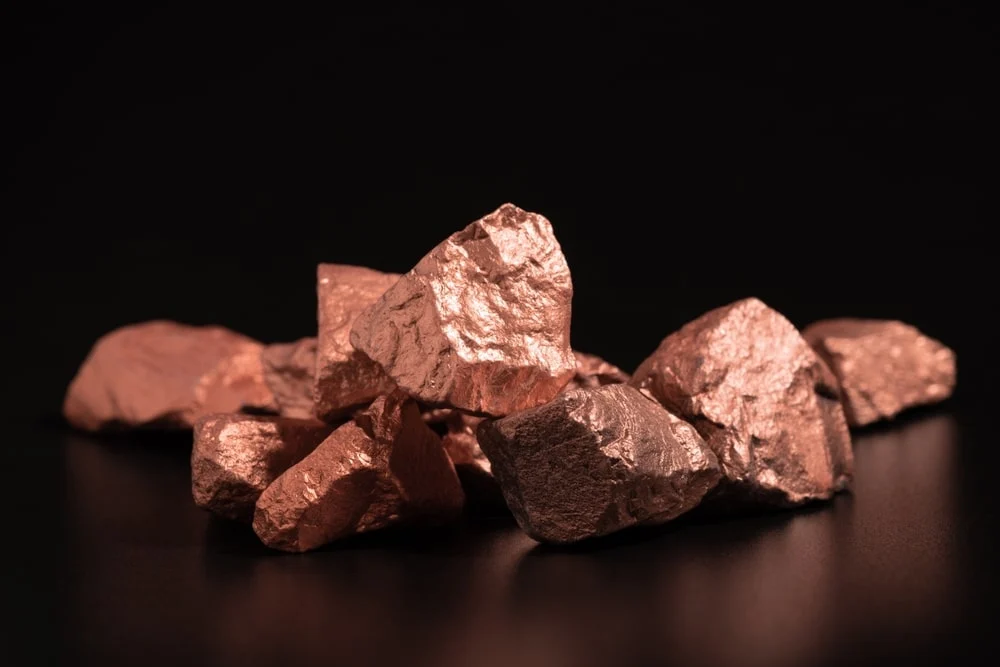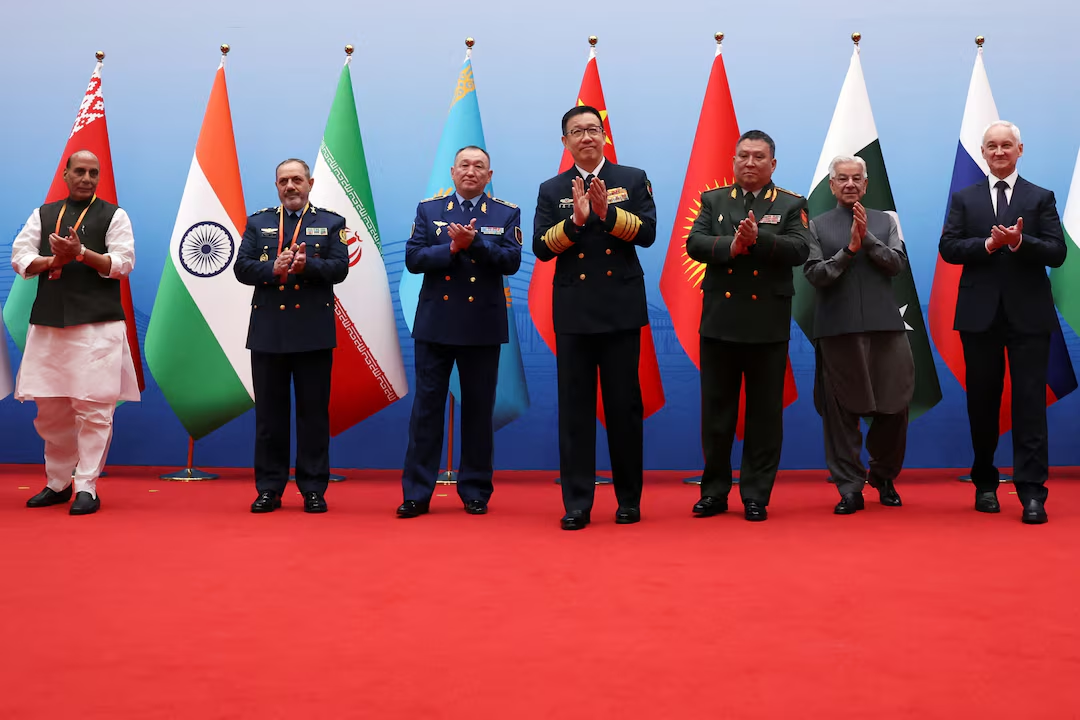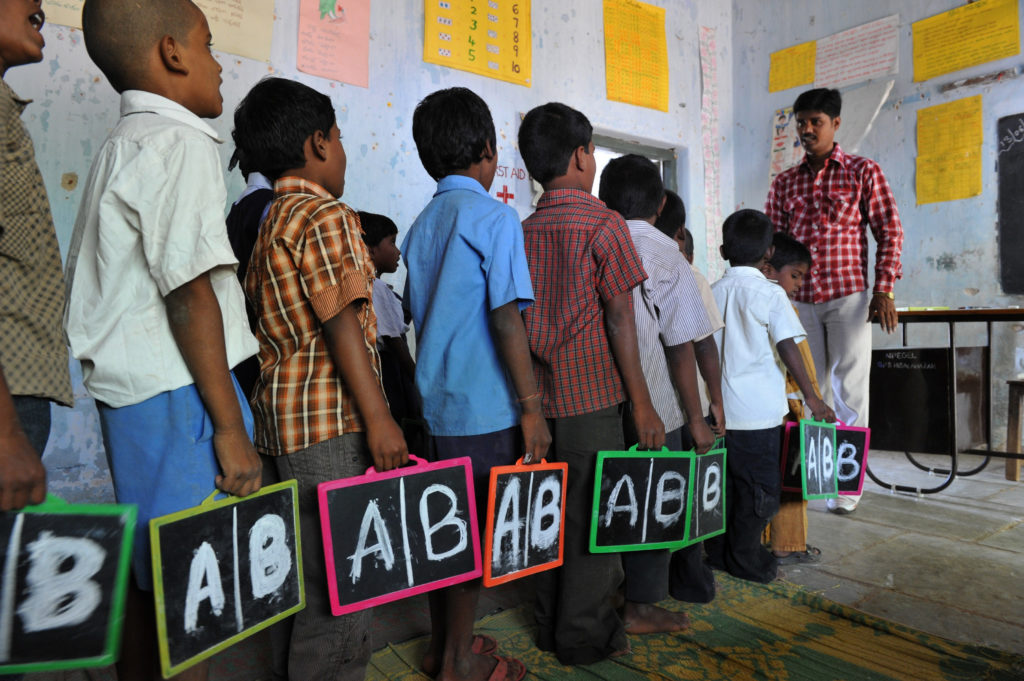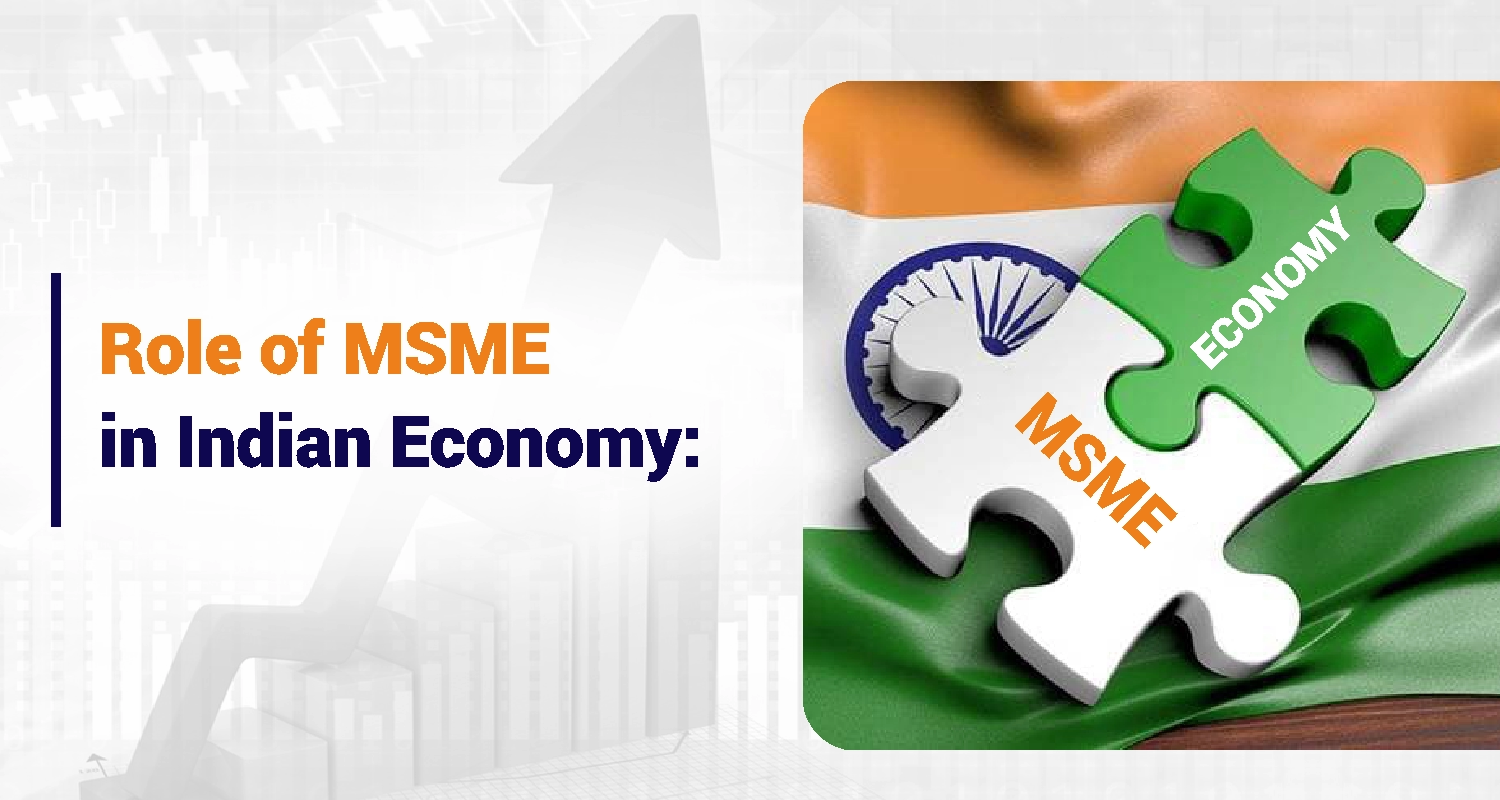- Courses
- GS Full Course 1 Year
- GS Full Course 2 Year
- GS Full Course 3 Year
- GS Full Course Till Selection
- Answer Alpha: Mains 2025 Mentorship
- MEP (Mains Enrichment Programme) Data, Facts
- Essay Target – 150+ Marks
- Online Program
- GS Recorded Course
- Polity
- Geography
- Economy
- Ancient, Medieval and Art & Culture AMAC
- Modern India, Post Independence & World History
- Environment
- Governance
- Science & Technology
- International Relations and Internal Security
- Disaster Management
- Ethics
- NCERT Current Affairs
- Indian Society and Social Issue
- NCERT- Science and Technology
- NCERT - Geography
- NCERT - Ancient History
- NCERT- World History
- NCERT Modern History
- CSAT
- 5 LAYERED ARJUNA Mentorship
- Public Administration Optional
- ABOUT US
- OUR TOPPERS
- TEST SERIES
- FREE STUDY MATERIAL
- VIDEOS
- CONTACT US
Copper: A Critical Mineral in Global Competition
Copper: A Critical Mineral in Global Competition

Introduction
Copper, a critical mineral essential for modern infrastructure, clean energy, and defense, is experiencing unprecedented demand. The global push toward electric vehicles (EVs), renewable energy, and digitalization has accelerated the need for copper. However, with global supply deficits projected by 2035, nations are competing to secure long-term copper reserves.
Recent Developments:
The growing demand for copper has led major economies to implement policies aimed at securing supply chains, reducing import dependency, and boosting domestic mining:
- India’s Strategic Acquisition : On February 27, 2024, India secured a 9,000 sq. km block in Zambia for copper and cobalt exploration, strengthening its mineral security.
- US National Security Review : On February 25, 2024, the US launched a probe into copper imports, citing national security risks.
- China’s Market Dominance : China tightened regulations on copper smelting and refining, reinforcing its hold on global supply chains.
Why is Copper Essential?
Copper's unique electrical, thermal, and corrosion-resistant properties make it vital in various sectors:
- Electrical and Electronics : 60% of global copper is used in electrical wiring, motors, and power grids.
- Renewable Energy : Wind turbines, solar panels, and EVs require copper (each EV contains ~83 kg of copper).
- Defense and Aerospace : Copper is a strategic material in military equipment, radar systems, and ammunition.
- Industrial and Construction : Used in plumbing, roofing, machinery, and high-speed rail networks.
Copper as a Critical Mineral
- With its strategic significance, copper has been classified as a critical mineral by leading economies:
- United States : The Department of Energy (DOE) added copper to the Critical Materials List in 2023.
- India : Recognized copper as essential for industrial growth and included it in its Critical Minerals List.
- International Energy Agency (IEA) : Predicts global copper demand will increase by 70% by 2050.
Securing a stable supply of copper is now a top priority for many nations.
The Global Supply and Demand Scenario
Rising Demand for Copper
Copper consumption is projected to reach 50 million metric tons by 2050, driven by:
- Electric Vehicles (EVs) : EVs require 2.5 times more copper than conventional cars. By 2030, the EV industry alone could consume over 10 million metric tons annually.
- Renewable Energy Shift : Solar, wind, and battery storage systems require significant copper inputs.
- Urbanization & Infrastructure Boom : Rapid industrialization in India, China, and Africa is increasing demand.
Copper Supply Constraints
- Declining Ore Grades
- Chile, Peru, and the DRC are facing lower metal content in their mines.
- New copper mines yield 30% less ore than existing operations.
- Geeopolitical Risks
- China controls 50% of the world’s refining capacity, creating supply chain vulnerabilities.
- Long Project Timelines
- It takes 15-20 years to set up a new copper mine from exploration to production.
- Lack of infrastructure in new mining regions further delays projects.
Market Forecasts
- JP Morgan : Predicts a 160,000 metric ton deficit in the coming years.
- Goldman Sachs → Copper prices could exceed $11,000 per metric ton by 2026.
- S&P Global → Forecasts copper mine production will peak in 2025-26 and decline by 2.3% annually until 2035.
Why is Africa the New Copper Hub?
Africa holds massive untapped copper reserves, making it a prime target for global investment.
- Rich Copper Reserves : The Democratic Republic of Congo (DRC) and Zambia are among the top five global producers.
- High-Grade Deposits : African copper ores have higher metal content than those in India and the US.
- Strategic Investment Destination : Both China and India are investing in African copper mines.
India’s Strategic Move in Africa
- India has secured a 9,000 sq. km mining block in Zambia through a government-to-government agreement.
- The Vedanta Group owns a large mine in Zambia's Copperbelt Province, highlighting India’s growing African footprint.
However, China remains a dominant player, with long-term contracts in the DRC, Chile, and Peru, making competition fierce.
Challenges in Africa
- Political Instability : Zambia and the DRC experience frequent policy shifts and governance issues.
- Infrastructure Deficits : Transporting extracted copper remains a logistical hurdle.
- China’s Market Control : China’s strong foothold in mining contracts makes competition intense.
Despite these challenges, Africa remains crucial for India's mineral security.
India’s Copper Industry: Challenges & Opportunities
Current Status of Copper Mining in India
- India’s copper ore production in 2023-24 was 3.78 million tons.
- India has substantial copper reserves, but mining requires intensive exploration.
- Hindustan Copper Ltd (HCL) is the only major domestic producer, and production has declined by 6% year-on-year.
- India’s copper imports have doubled to ₹26,000 crore in 2023-24.
Challenges Faced
- Low Ore Grades → Indian copper deposits are below 1% metal content, compared to the 2.5% global average.
- High Dependence on Imports → India imports refined copper from China, Japan, and Chile.
- Long Project Timelines → Setting up a new copper mine in India takes 15-17 years on average.
Government Initiatives
- International Mining Ventures → India is securing mineral assets in Zambia, Chile, and the DRC.
- Private Sector Investments → JSW Group’s $301 million investment in Jharkhand aims to boost domestic production.
Copper Status in the US and China
China:
- Controls over 50% of global copper smelting and refining.
- Major copper contracts in Africa and Latin America.
- Moving towards self-sufficiency by limiting new smelter construction.
United States:
- Trump administration launched a probe into copper imports on February 25, 2024.
- US smelting capacity lags behind China, making it vulnerable to supply chain disruptions.
- Possible tariffs, export controls, and incentives to increase domestic copper production.
Way Forward for India
- Expand copper mining exploration through government-private partnerships.
- Secure long-term contracts in Africa, Chile, and Latin America.
- Boost domestic refining capacity to reduce dependence on China.
- Strengthen copper recycling and circular economy initiatives.
- Enhance technological innovation in copper extraction and
processing
Conclusion: The Future of Copper Geopolitics
- India must reduce its reliance on imported copper and invest in domestic mining and overseas assets.
- Africa remains a key battleground, with India and China competing for long-term contracts.
- The US is reassessing its copper strategy, which could impact global trade flows.
- Technological advancements in mining and recycling will play a crucial role in balancing supply and demand.
Short Note on Critical minerals?
Critical minerals are essential for economic growth and national security, particularly for industries like renewable energy, electronics, aerospace, and defense. These minerals are considered "critical" because of their high demand, limited supply sources, and vulnerability to supply chain disruptions.
Key Aspects of Critical Minerals:
- Economic and Strategic Importance:
- Critical minerals are fundamental to high-tech industries such as electric vehicles (EVs), solar panels, wind turbines, semiconductors, and telecommunications.
- For example, lithium and cobalt are essential for EV batteries, while rare earth elements (REEs) like neodymium and dysprosium are used in wind turbines and defense applications.
- Supply Chain Vulnerability:
- Many critical minerals are geopolitically concentrated, making supply chains susceptible to trade restrictions, geopolitical tensions, and economic policies.
- Example: China dominates the global production of rare earth elements (over 60% of global supply), creating concerns about potential supply shortages.
- Examples of Critical Minerals:
- Lithium, cobalt, nickel – Used in batteries and energy storage.
- Graphite – Crucial for lithium-ion battery anodes.
- Rare Earth Elements (REEs) – Essential for high-tech applications like magnets and defense technologies.
- Platinum group metals (PGMs) – Used in catalysts, fuel cells, and electronics.
- India’s Focus on Critical Minerals:
- India is heavily dependent on imports for many of these minerals, making them a priority for self-reliance.
- The government is working on securing supplies through domestic exploration, international partnerships, and recycling initiatives.
India’s Policies on Critical Minerals
1. National Critical Mineral Mission (NCMM) (Launched January 2025)
- Aims to develop the entire value chain, including exploration, mining, processing, refining, and recycling.
- Focuses on reducing import dependency, strengthening supply chains, and enhancing domestic production capabilities.
2. Amendments to the Mines and Minerals (Development and Regulation) Act, 1957
- The government has identified 24 critical and strategic minerals, including lithium, cobalt, nickel, and REEs.
- These minerals are included in Part D of Schedule I, allowing for faster auctioning of mineral blocks to boost domestic mining.
3. International Partnerships
- India is collaborating with resource-rich countries like Australia, Argentina, and African nations to secure critical mineral assets.
- Khanij Bidesh India Ltd. (KABIL), a joint venture by public sector companies, is tasked with acquiring overseas mines and securing long-term supplies.
4. Recycling and Innovation Initiatives
- NCMM promotes urban mining – recovering critical minerals from electronic waste (e-waste), industrial waste, and old batteries.
- S&T-PRISM (Science & Technology – Promotion of Research and Innovation for Sustainable Mining) funds startups and MSMEs in mining and recycling.
5. Strategic Stockpiling
- India plans to build reserves of critical minerals, similar to its strategic petroleum reserves, ensuring resilience against future supply disruptions.
6. Global Collaboration
- India is part of the Mineral Security Partnership (MSP), a US-led initiative involving countries like Australia, Canada, Japan, and the EU to build secure and sustainable supply chains.
|
Also Read |
|
UPSC Foundation Course |
|
| UPSC Monthly Magazine | CSAT Foundation Course |




